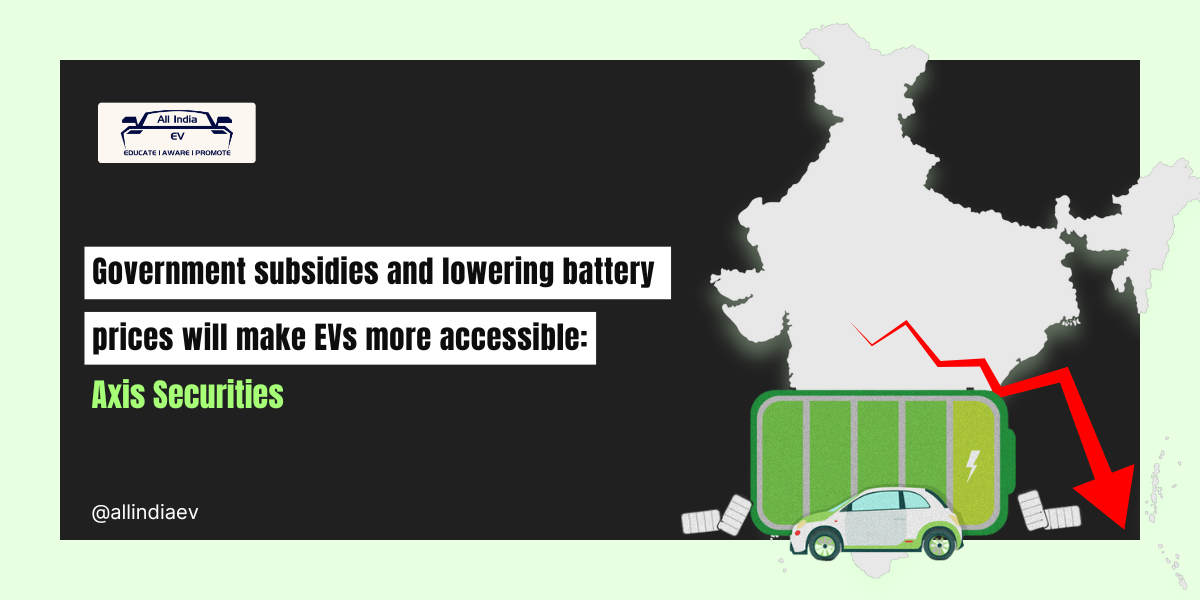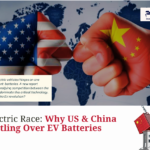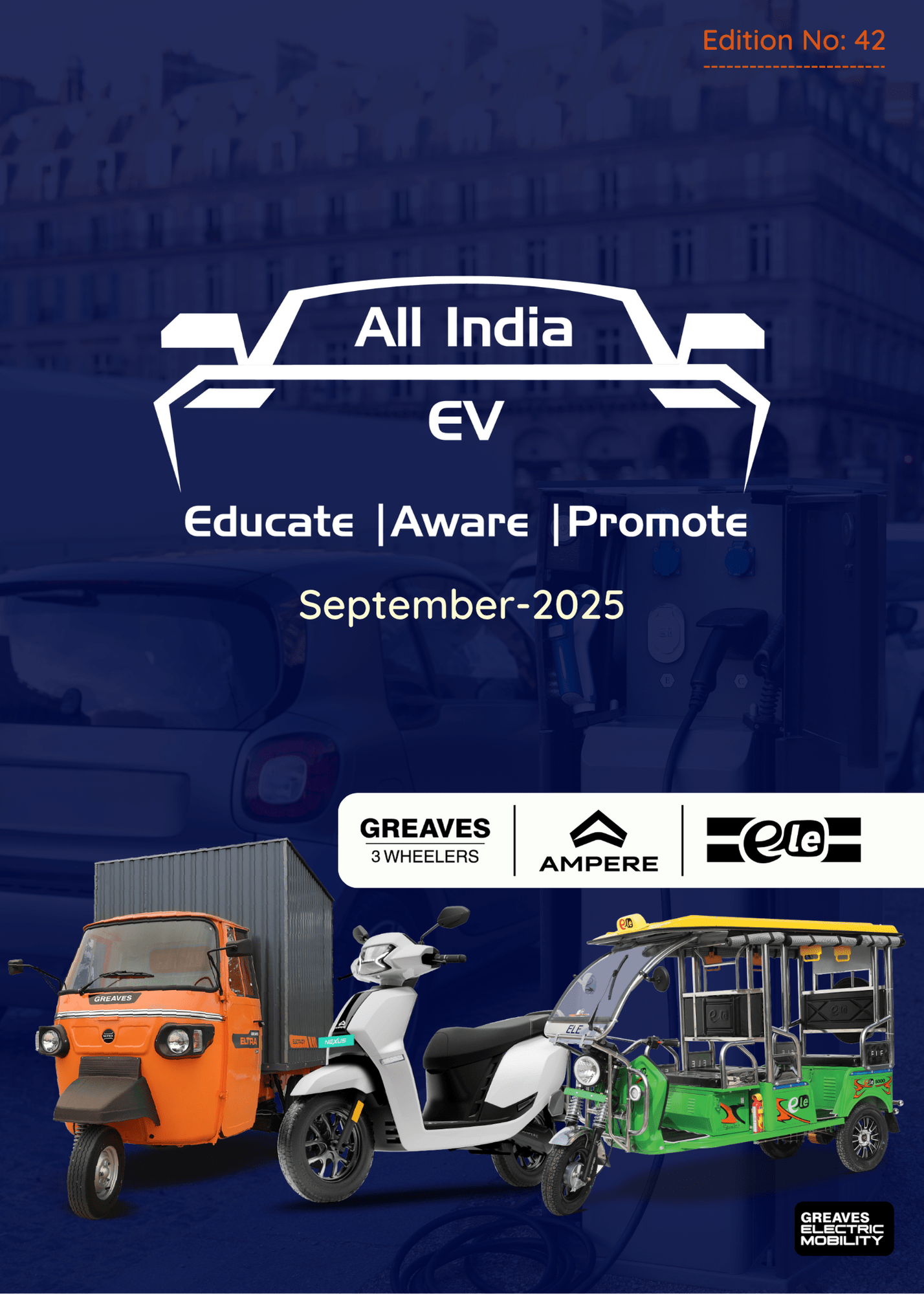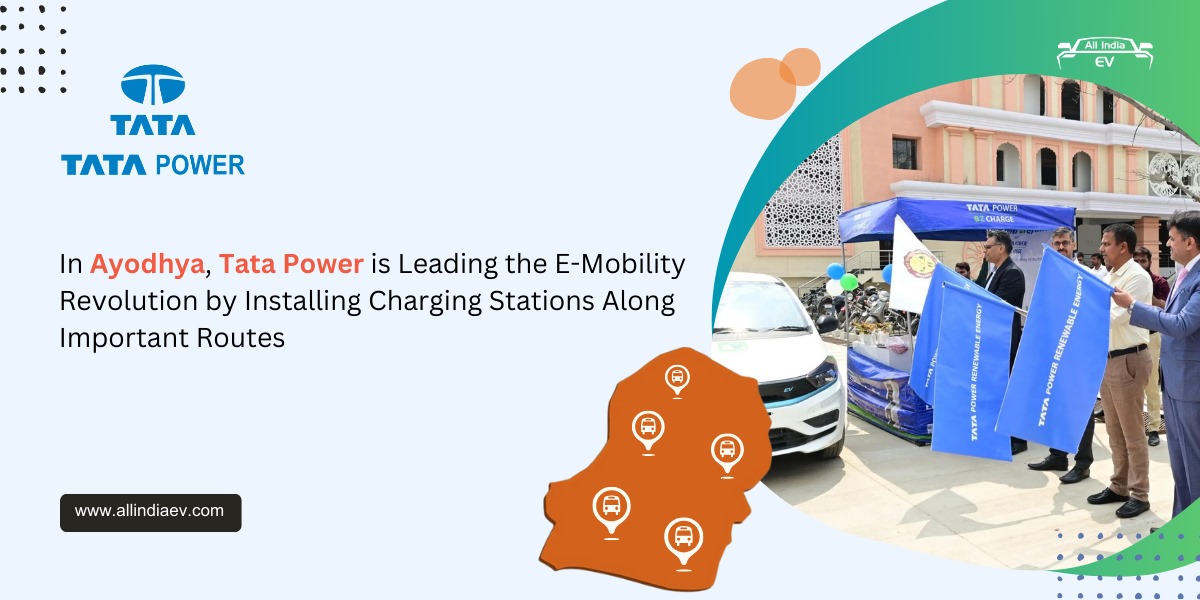
Axis Securities and Government Support for EV Innovation
Axis Securities has highlighted the increasing accessibility of electric vehicles (EVs) due to government subsidies and declining battery prices. While EVs often have higher upfront costs compared to traditional internal combustion engine (ICE) vehicles, these factors are playing a crucial role in making them more affordable for consumers.
Key Points:
- Government Subsidies: Government incentives and subsidies are providing significant financial support to EV buyers, offsetting a portion of the higher upfront costs.
- Declining Battery Prices: The cost of batteries, a major component of EVs, has been steadily decreasing over time, making EVs more affordable for consumers.
- Increased Accessibility: These factors combined are making EVs more accessible to a wider range of consumers, contributing to the growth of the electric vehicle market.
The Growing Appeal of Electric Vehicles: A Cost-Effective Choice
While EVs may have higher upfront costs compared to traditional internal combustion engine (ICE) vehicles, they offer significant long-term savings. The lower operational costs, including lower electricity prices and reduced maintenance expenses, make EVs a more cost-effective choice over time.
Advancements in battery technology are further enhancing the appeal of EVs. Improved battery performance and range have helped alleviate range anxiety concerns, making EVs more practical for daily use.
The expansion of EV charging infrastructure is another key factor contributing to their growing popularity. While ICE vehicles benefit from a well-established fuel network, the number of EV charging stations is rapidly increasing across India, thanks to government and private sector support.
Resale value is another important consideration for many car buyers. While ICE vehicles have traditionally had a more stable resale market, EVs are catching up as battery technology improves and market demand increases. This suggests that holding an EV may become a more financially viable option in the future.
EV Industry Faces Challenges and Opportunities
The report by Axis Securities suggests that improvements in resale value will contribute to the long-term stability of electric vehicles (EVs) in the market.
A separate analysis by Bernstein revealed that the Indian EV two-wheeler industry generates approximately $1.3 billion in annual revenue but faces an estimated EBIT loss of $300-400 million without incentives. However, the Goods and Services Tax (GST) benefits have helped narrow the price gap between EVs and internal combustion engine (ICE) vehicles.
The EV industry currently relies heavily on government incentives and subsidies. To remain competitive and break into the traditional ICE market, EV manufacturers must focus on sustained growth, large-scale operations, and significant cost reductions.
The government is actively supporting the EV sector through various initiatives. The Union Cabinet recently approved the PM Electric Drive Revolution in Innovative Vehicle Enhancement (PM E-DRIVE) Scheme, which aims to promote electric mobility in India. This scheme has a budget of Rs 10,900 crore over two years.









